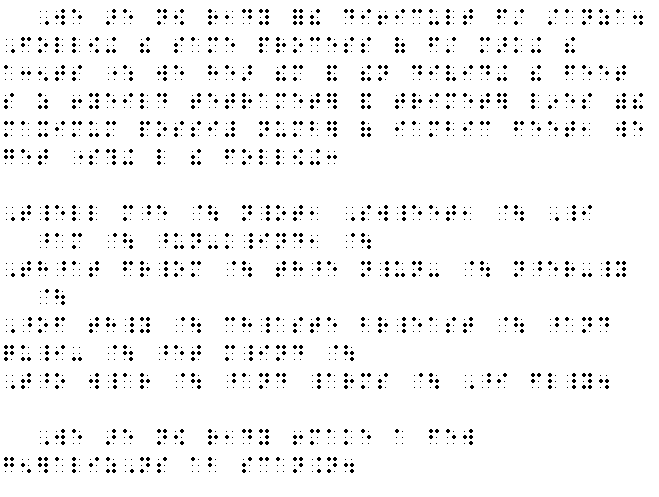


The sources I cited below were very helpful, especially X.J. Rhythm: the pattern of stressed and unstressed syllables in a line. 6 hexameter Note that a poet can choose to vary a foot within a metric line, by dropping an unaccented syllable, substituting for a different foot, etc. Scansion: Describing the rhythms of poetry by dividing the lines into feet, marking the locations of stressed and unstressed syllables, and counting the syllables. Thus, when we describe the rhythm of a poem, we “scan” the poem and mark the stresses (/) and absences of stress (^) and count the number of feet. Iambic and anapestic meters are called rising meters because their movement rises from unstressed syllable to stressed trochaic and dactylic meters are called falling. In the twentieth century, the bouncing meters–anapestic and dactylic–have been used more often for comic verse than for serious poetry. Spondee and pyrrhic are called feet, even though they contain only one kind of stressed syllable. They are never used as the sole meter of a poem if they were, it would be like the steady impact of nails being hammered into a board–no pleasure to hear or dance to. But inserted now and then, they can lend emphasis and variety to a meter, as Yeats well knew when he broke up the predominantly iambic rhythm of “Who Goes With Fergus?” with the line, ^Ī frequently heard metrical description is iambic pentameter: a line of five iambs. If you're using scansion to analyze verse, you can say you're scanning the poem. This is a meter especially familiar because it occurs in all blank verse (such as Shakespeare’s plays), heroic couplets, and sonnets. Scansion Practice Worksheet Scansion is a fancy literary term that simply means discovering the meter (or underlying structure) of a poem by marking where the stresses naturally fall. Pentameter is one name for the number of feet in a line.


 0 kommentar(er)
0 kommentar(er)
